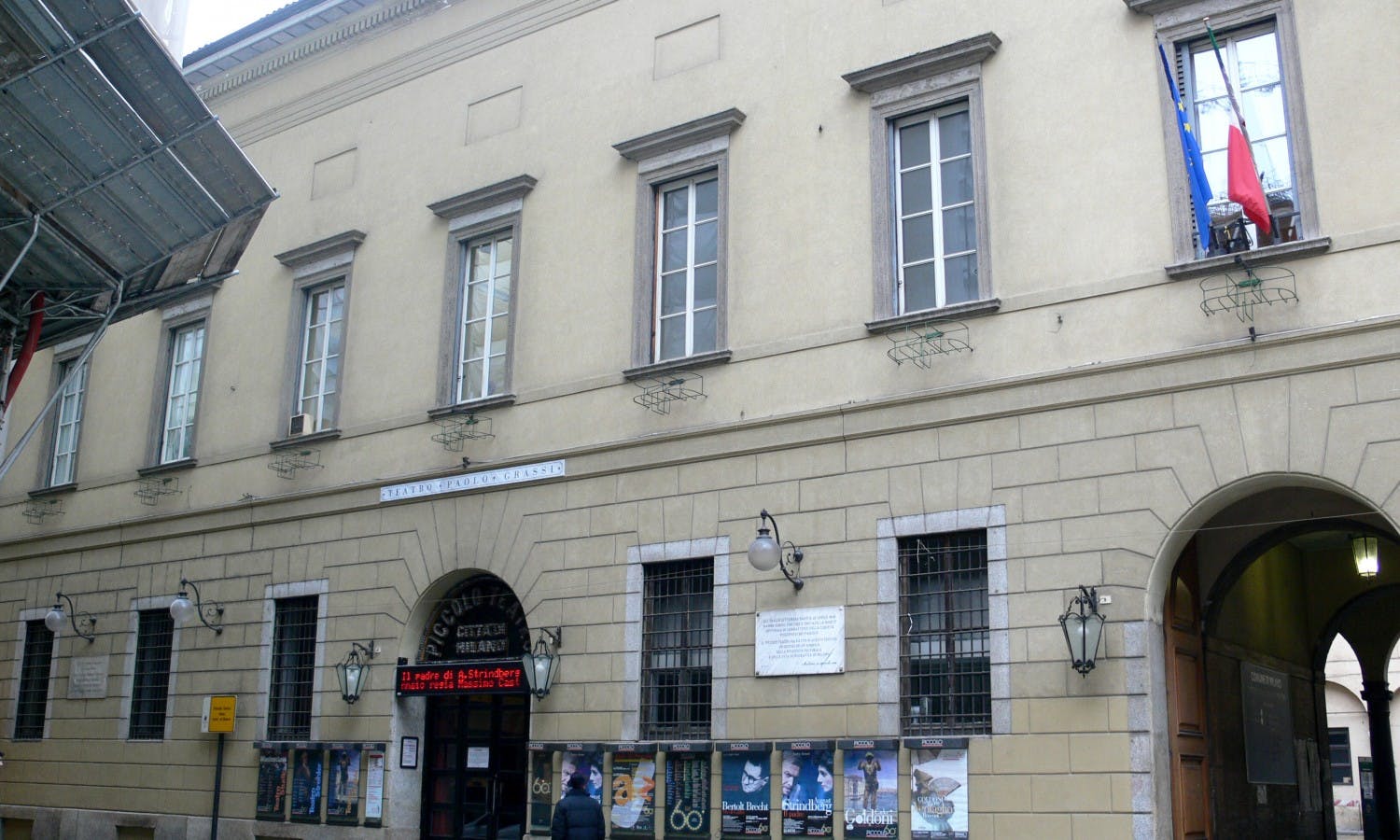Watching an opera, concert, ballet or play at one of Milan’s historic theaters is a treat for both locals and visitors alike.
Milan, due to its cultural offerings, is considered one of Italy’s liveliest cities. Among the many things to do is the possibility of spending an evening at one of the Italian city’s historic theaters. Every season, these various venues produce theatrical shows of every genre from classical and modern concerts to ballet, jazz and drama.

La Scala
Opened in 1778, La Scala is one of the world’s most famous theatres and is considered the temple of opera. The construction was entrusted to the architect Giuseppe Piermarini whose horseshoe-shaped design soon became the model for the teatro all’italiana, which inspired the aesthetic of several theatres around Europe. Piermarini was innovative in his use of a gallery over the entrance, which allowed the carriages to park under a cover rather than sit out in the open. One can then move to the orchestra or the first floor quite easily in the neoclassical foyer. The gold and ivory auditorium is complete with medallions and flower motifs, and every corner is acoustically perfect. La Scala’s opera season starts on 7 December, the feast day of St. Ambroeus, Milan’s patron saint.
Where: Via Filodrammatici, 2 – Milan
Piccolo Teatro

Piccolo Teatro
Founded in 1947 by Giorgio Strehel, Poalo Grassi, and Nina Vinchi, Piccolo Teatro is one of the most well-known theatres both in Italy and abroad. Its motto, Theatre of Art for Everyone, states the intent of bringing as many people to the theater as possible. Piccolo Teatro is actually spread out over three different locations. The biggest theater Piccolo Teatro Strehler, opened in 1998 and can hold up to 970 people, but the historic theater is Piccolo Teatro Grassi, which faces a recently restored Renaissance cloister.
Finally, the Teatro Studio is home to a theater school and experimental space. The Piccolo Teatro has been the Theatre of Europe since 1991. Its history runs parallel to that of its founders; Strehler is considered the director par excellence. The Italians are indebted to him for creating a rigorous theatre that deals with the fundamental themes of our era, like the relationship between people and society.
Where: Piccolo Teatro Strehler, Largo Greppi 1 (MM Lanza) – Milano
Piccolo Teatro Grassi, Via Rovello 2 – Milano
Piccolo Teatro Studio, Via Rivoli 6 (MM Lanza) – Milano
Teatro dal Verme

Teatro Dal Verme
Commissioned by the Verme family to the architect Giuseppe Pestagalli, the Teatro dal Verme was opened in 1872. It was constructed according to the teatro all’italiana design, the classic horseshoe shape that allowed for optimum sound quality. Born as an opera theater, Puccini and Leoncavallo made their debuts on its stage. In 1943, the theater was destroyed by bombings, and when it was eventually restored, it was transformed into a cinema. Since 2001, it has been a concert hall with a capacity of 1500, and it also hosts exhibitions and conferences.
Where: Via San Giovanni sul Muro, 2 – Milano
Teatro Litta

Palazzo Litta
The oldest theatre in Milan, the Teatro Litta’s history is quite particular: it began as the chapel of Palazzo Litta. It is one of the historical buildings in Milan, in the Baroque architectural style. It was commissioned by the Arese family to the architect Francesco Maria Ricchino. The complex construction lasted several years. Today, the Teatro Litta is an innovative theatre company which organizes theatre courses for children and adults, and offers an annual playbill that reflects research and experimentation. The Litta also offers cultural events and with the project, “The Litta for Art“, it opens its foyer to exhibitions and installations by young artists.
Where: Corso Magenta, 24 – Milano
Teatro Carcano

Teatro Carcano
Opened in September of 1803, the Carcano is a celebratory theatre. Attended by the nobility and by the rich Milanese bourgeois, its construction was part of an urban renovation project inspired by the Napoleonic conquest. The project was assigned to the architect Luigi Canonica, who made reference to Teatro alla Scala’s design. The theatre, with four levels of platforms, was decorated with stucco and gilding. The stage of Teatro Carcano saw the debut of Paganini, as well as of the most important female voices in opera. In the years that followed, from a little prior to the war until the 1980s, the Teatro Carcano sought, not always successfully, to create high-level playbills, capable of attracting a wide variety of people. Today, the Carcano is dedicated to drama, taking great care in its choice of works to bring to the stage, and to opening itself to a public of all ages.
Where: Corso di Porta Romana, 63 – Milano

Thank you ! It seems: Milan is not only The Scala !